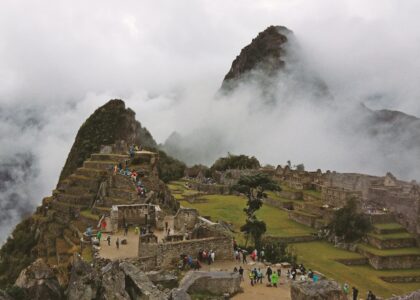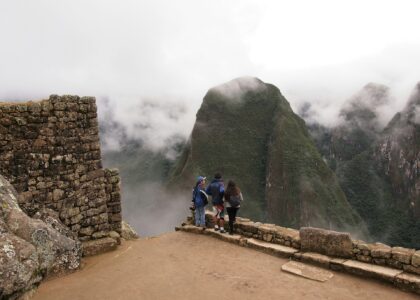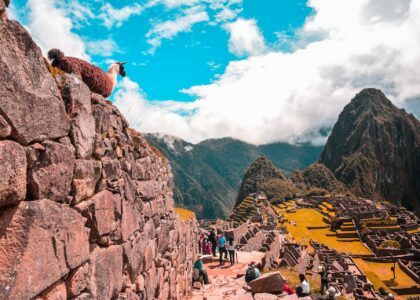Planning a trip to Peru? If Cusco is on your list (and it should be!), it’s important to understand how altitude sickness can affect your experience. At an elevation of 3,400 meters (11,152 feet) above sea level, Cusco sits high in the Andes—and while the views are spectacular, the elevation can catch travelers off guard.
In this blog, we’ll break down what you need to know about Cusco elevation, how altitude sickness works, and tips for preventing it so you can enjoy your trip safely and comfortably.
What is Altitude Sickness?
Altitude sickness (also known as acute mountain sickness) happens when your body doesn’t get enough oxygen due to lower air pressure at high elevations. It can affect anyone, regardless of age or fitness level, and symptoms usually begin within the first 24–48 hours of arrival.
Common Symptoms:
Headache
Nausea or loss of appetite
Fatigue or dizziness
Difficulty sleeping
In rare cases, more serious conditions like HAPE (High-Altitude Pulmonary Edema) or HACE (High-Altitude Cerebral Edema) can develop, but these are very uncommon at Cusco’s altitude.
Why Does Cusco’s Elevation Matter?
Cusco is often the starting point for adventures to Machu Picchu, the Sacred Valley, and the Inca Trail. Many travelers fly directly from Lima (at sea level) to Cusco, making the altitude jump even more noticeable. That’s why understanding how Cusco elevation affects your body is key to a smooth journey.
Tips to Prevent Altitude Sickness in Cusco
Take it easy on arrival
Give your body a day or two to acclimate. Avoid strenuous activity and keep your itinerary light for the first 24–48 hours.Stay hydrated
Drink plenty of water to help your body adjust. Avoid alcohol and excessive caffeine in the first few days.Eat light meals
Heavy or greasy foods can make nausea worse. Stick to easily digestible meals while you acclimate.Try coca tea or leaves
A traditional Andean remedy, coca tea can help relieve mild symptoms. It’s widely available in hotels and restaurants.Consider altitude medication
Consult your doctor about medications like acetazolamide (Diamox), which can help your body adjust more quickly.Sleep low if possible
If your itinerary allows, start your trip in the Sacred Valley (lower in elevation) before heading to Cusco.Listen to your body
If symptoms get worse, take a break. Most hotels have oxygen available if needed.
Should I Skip Cusco Because of the Elevation?
Absolutely not! With the right preparation, you can enjoy everything this vibrant city has to offer. Cusco is a cultural gem full of Incan ruins, colonial architecture, local markets, and world-class cuisine. The key is to respect the altitude and take preventive measures.
Bonus Tip: Build Flexibility into Your Itinerary
Altitude affects everyone differently. If possible, plan some buffer time in Cusco before doing intense hikes or early-morning tours. You’ll enjoy your trip more if you give your body the space to adjust.
Conclusion: Cusco Elevation Doesn’t Have to Be a Dealbreaker
Altitude sickness is manageable with awareness and a few simple strategies. Don’t let Cusco’s elevation scare you off—just be prepared, take it slow, and your Andean adventure will be unforgettable.
Want Help Planning Your Trip to Cusco?
At Explorify Expeditions, we design itineraries that factor in acclimatization time and include local insights to help you travel comfortably. Reach out today to start planning your dream trip to the Andes!






